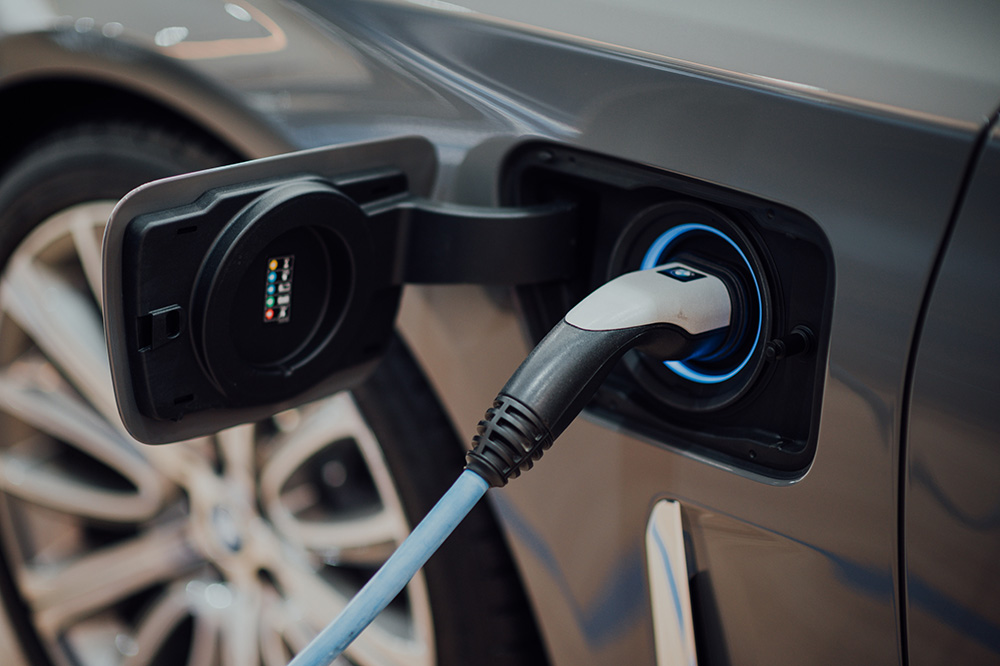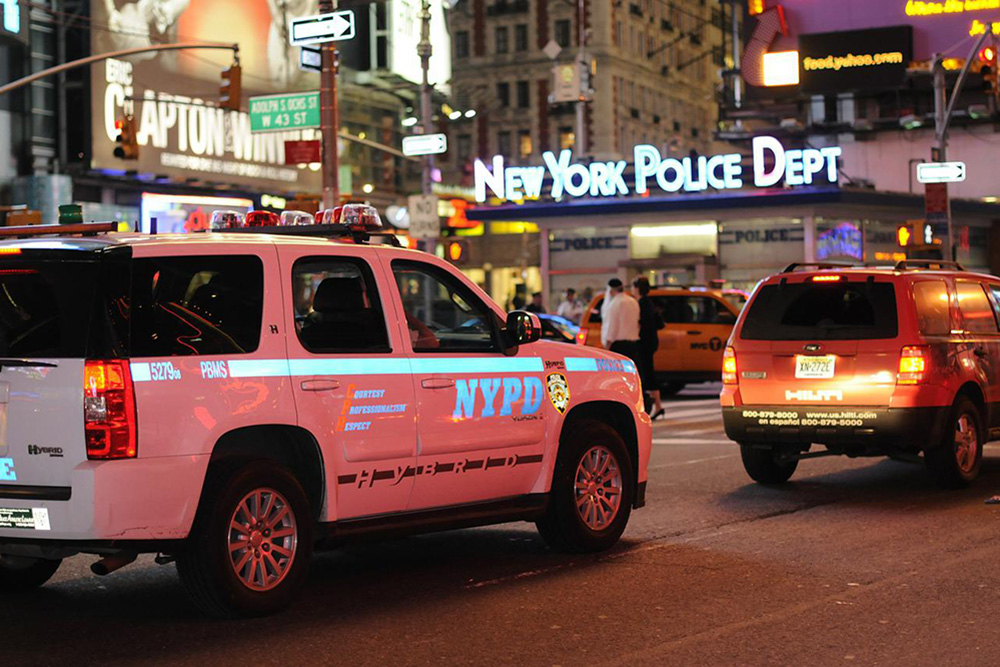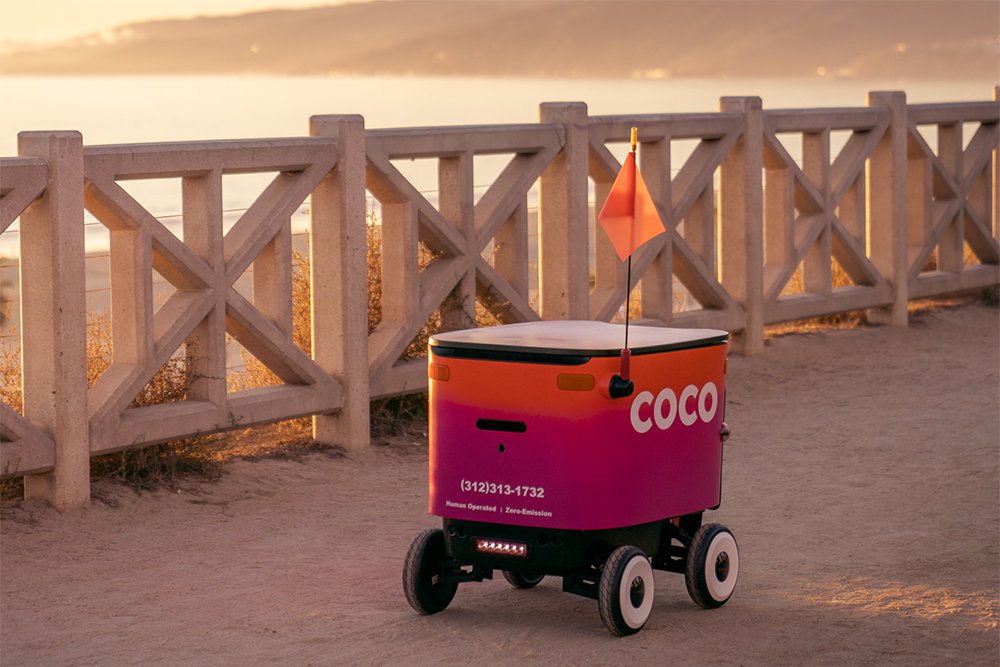United Robotics Group launched the Plato serving robot in Europe and the United States in November 2022. This is according to a press release from the recently formed European alliance of companies and experts. “By combining the functions of industrial and social robotics, with its optimal HRI (Human-Robot Interface), Plato inherits not only the interactivity and expressivity from the world’s well-known humanoid robots Pepper and NAO but also comes with high-level standards of stability and reliability.” (Press Release, November 2022) The reference to industrial robotics is noteworthy, as it is more of a combination of service robotics and social robotics. It is typical that transport robots (think of Relay) and security robots (think of the latest model of K5) are given social features and capabilities such as eyes, mouth, or natural speech. The alliance also uses the unusual term “cobiot” to refer to a mobile robot that assists and collaborates with humans. “The cobiot, designed in Paris and manufactured in France to function in lively, fast-moving environments like restaurants, features an autonomous mobile platform and smart indoor navigation system, destined to support the hospitality and food industry service workers with delivery experiences and advanced safety features.” (Press Release, November 2022) Plato is a competitor of BellaBot, a serving robot with a cat face from Pudu Robotics in China. This robot is in use in Poland, Slovenia, Germany, and Switzerland, for example. It will be interesting to see which model the guests in Europe will prefer.
Plastic Waste in the Pacific Comes from the Fishing Industry
The Ocean Cleanup project has analyzed the plastic waste it has fished out of the sea. The results were published in a paper. From the abstract: “The subtropical oceanic gyre in the North Pacific Ocean is currently covered with tens of thousands of tonnes of floating plastic debris, dispersed over millions of square kilometres. A large fraction is composed of fishing nets and ropes while the rest is mostly composed of hard plastic objects and fragments, sometimes carrying evidence on their origin. In 2019, an oceanographic mission conducted in the area, retrieved over 6000 hard plastic debris items > 5 cm. The debris was later sorted, counted, weighed, and analysed for evidence of origin and age. Our results, complemented with numerical model simulations and findings from a previous oceanographic mission, revealed that a majority of the floating material stems from fishing activities. While recent assessments for plastic inputs into the ocean point to coastal developing economies and rivers as major contributors into oceanic plastic pollution, here we show that most floating plastics in the North Pacific subtropical gyre can be traced back to five industrialised fishing nations, highlighting the important role the fishing industry plays in the solution to this global issue.” (Abstract) In a final thesis at the University of Applied Sciences and Arts Northwestern Switzerland FHNW in 2019, a student described and evaluated six projects for the disposal of plastic waste in seas. An overview can be found here. The Ocean Cleanup was also discussed, beside the WasteShark that sticks out as a robot.
A CARE-MOMO for Lio
The discipline of machine ethics examines, designs, and produces moral machines. The artificial morality (aka machine morality) is usually pre-programmed by a producer or developer. However, another approach is the more flexible morality menu (MOME), an invention by Prof. Dr. Oliver Bendel. With this, owners or users replicate their own moral preferences and convictions onto a machine. A team at the School of Business FHNW implemented a MOME for MOBO (a certain chatbot) in 2019/2020. This project was continued in 2022. Marc Heimann developed a morality menu under the supervision of Oliver Bendel, which is part of a morality module (MOMO) for a care robot like Lio from F&P Robotics. The principle is the same as for the MOBO-MOME. With sliders, the patient can determine the behavior of the robot. This supports his or her personal autonomy and ensures his or her well-being. The results of the CARE-MOMO project will be presented to the company F&P Robotics, which accompanied the project, in October 2022.
A Robot Charging Station for the Disabled
According to a media release, Ford has developed a prototype robot charging station that drivers operate via their smartphone from inside their electric vehicle. The technology could enable disabled persons to stay in the Ford (or another car) while charging, or they could leave the vehicle while the robot completes the task. Disabled drivers, the company says, have already identified ease of charging as a key purchase consideration for electric vehicles. The robot charging station is tested as part of a research project to develop hands-free charging solutions for electric vehicles and fully automatic charging for autonomous vehicles. “Following initial lab testing, Ford researchers are now putting the robot charging station to the test in real-life situations. Once activated, the station cover slides open and the charging arm extends towards the inlet with the help of a tiny camera. For the trial, drivers were able to monitor the charge status via the FordPass app. After charging, the arm retracts back into place.” (Ford Media Release, July 20, 2022) More information is available via the Ford Media Center.
Robots Dancing Like Bees
Robot-robot communication and interaction usually takes place via networks. Spoken language can also be used. In certain situations, however, these methods reach their limits. For example, during a rescue operation in disaster areas, communication via radio signals might not be possible. With this in mind, Kaustubh Joshi from the University of Maryland and Abhra Roy Chowdhury from the Indian Institute of Science (IISc) have developed an alternative approach. Their paper states: “This research presents a novel bio-inspired framework for two robots interacting together for a cooperative package delivery task with a human-in the-loop. It contributes to eliminating the need for network-based robot-robot interaction in constrained environments. An individual robot is instructed to move in specific shapes with a particular orientation at a certain speed for the other robot to infer using object detection (custom YOLOv4) and depth perception. The shape is identified by calculating the area occupied by the detected polygonal route. A metric for the area’s extent is calculated and empirically used to assign regions for specific shapes and gives an overall accuracy of 93.3% in simulations and 90% in a physical setup. Additionally, gestures are analyzed for their accuracy of intended direction, distance, and the target coordinates in the map. The system gives an average positional RMSE of 0.349 in simulation and 0.461 in a physical experiment.” (Abstract) The way of interaction and communication is reminiscent of the bee dance – and indeed this served as a model. The paper can be accessed via www.frontiersin.org/articles/10.3389/frobt.2022.915884/full.
A Robot Among Penguins
British Filmmaker John Downer has created artificial monkeys, wolves, hippos, turtles, alligators, etc., to observe appropriate wildlife and obtain spectacular images. His well-known robots are very intricately designed and resemble the animals they mimic in almost every detail. It is not necessary to resort to such technically elaborate and artistically demanding means for all species. USA Today reports in a recent article about a robot called ECHO. “ECHO is a remote-controlled ground robot that silently spies on the emperor penguin colony in Atka Bay. The robot is being monitored by the Single Penguin Observation and Tracking observatory. Both the SPOT observatory, which is also remote-operated through a satellite link, and the ECHO robot capture photographs and videos of animal population in the Arctic.” (USA Today, May 6, 2022) ECHO does not resemble a penguin in any way. It is a yellow vehicle with four thick wheels. But as a video shows, the animals seem to have gotten used to it. It comes very close to them without scaring them. Wildlife monitoring using robots is becoming increasingly important, and obviously very different types are being considered.
Robots and Cops
Robophilosophy 2022 is the fifth event in the biennial Robophilosophy Conference Series. It “will explore the societal significance of social robots for the future of social institutions with its usual broad scope, embracing both theoretical and practical angles” (CfP Robophilosophy). It “is an invitation to philosophers and other SSH researchers, as well as researchers in social robotics and HRI, to investigate from interdisciplinarily informed perspectives whether and how social robotics as an interdisciplinary endeavour can contribute to the ability of our institutions to perform their functions in society” (CfP Robophilosophy). Social institutions include retirement and nursing homes, strip clubs and brothels, monasteries and seminaries, and police departments. As announced by the organizers on April 15, Oliver Bendel (School of Business FHNW) will have the opportunity to present his paper entitled “Robots in Policing” at the conference. It is about how service robots and social robots are changing policing as “social work”. In addition, a poster by Katharina Kühne and Melinda Mende (University of Potsdam) as well als Oliver Bendel entitled “Tamagotchi on our couch: Are social robots perceived as pets?” was accepted.
Transport Robots on the Streets of LA
Hundreds of transport robots are on the streets of Los Angeles for Coco, an American food delivery company. According to them, they cover all major neighborhoods in the city and save considerable time and money. As Engadget reports, Coco has now expanded beyond its home base. It says the service is already available in Austin, and will also be available in Dallas, Houston, and Miami in the future. The vehicles are controlled remotely by employees, from their own homes. Other providers, however, are focusing on autonomous mobility. Oliver Bendel was able to see for himself on site in Santa Monica at the beginning of April 2022 that the transport robots manufactured by Segway drive along the sidewalks and cross the streets in compliance with the rules. Still, he considers them – like the Starship Technologies devices that Swiss Post has experimented with – to be tripping hazards. In metropolitan areas like Los Angeles, moreover, vandalism is likely to be a problem. Still, delivery seems to work on the whole (Photo: Coco).
Social Robots at Stanford University
The paper “Should Social Robots in Retail Manipulate Customers?” by Oliver Bendel and Liliana Margarida Dos Santos Alves was accepted at the AAAI 2022 Spring Symposia (Stanford University). The two authors will present it at the end of March 2022 at the symposium “How Fair is Fair? Achieving Wellbeing AI”. From the abstract: “Against the backdrop of structural changes in the retail trade, social robots have found their way into retail stores and shopping malls in order to attract, welcome, and greet customers; to inform them, advise them, and persuade them to make a purchase. Salespeople often have a broad knowledge of their product and rely on offering competent and honest advice, whether it be on shoes, clothing, or kitchen appliances. However, some frequently use sales tricks to secure purchases. The question arises of how consulting and sales robots should ‘behave’. Should they behave like human advisors and salespeople, i.e., occasionally manipulate customers? Or should they be more honest and reliable than us? This article tries to answer these questions. After explaining the basics, it evaluates a study in this context and gives recommendations for companies that want to use consulting and sales robots. Ultimately, fair, honest, and trustworthy robots in retail are a win-win situation for all concerned.” More information about the AAAI 2022 Spring Symposia is available here.
Astro Comes to the World
During an online event on 28 September 2021, Amazon unveiled its first home robot. Astro is as small as a vacuum cleaner and has a display that forms its head. It is supposed to take over household tasks – as reported by SPIEGEL ONLINE. It can drive around the house when the residents are away, sending them live images. It should be able to recognize the sound of shattering glass and alarm signals from smoke detectors – so it would have functions familiar from security robots. Furthermore, it should be possible to keep in touch with older relatives via Astro. Its camera can be extended so that it is at eye level and can also look over obstacles. Of course, the robot also offers an interface to Alexa. Unlike Elon Musk’s Optimus, Astro is already a product. However, it is a product that can initially only be purchased in the US and only after an application.









